
System and Organization Controls (SOC) audits completed efficiently and effectively to show your clients their data is protected.
Our Approach
Responding to ad hoc security requests from current or potential clients requires extensive time and resources. Employ the latest automation technologies and leading methodologies to complete fast and quality SOC audits proactively.

Our Services



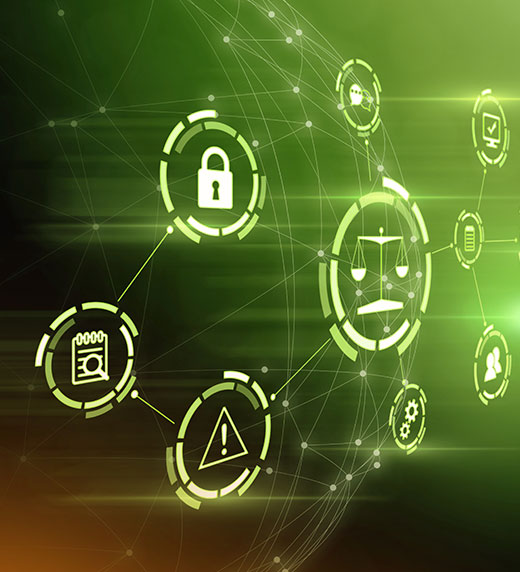

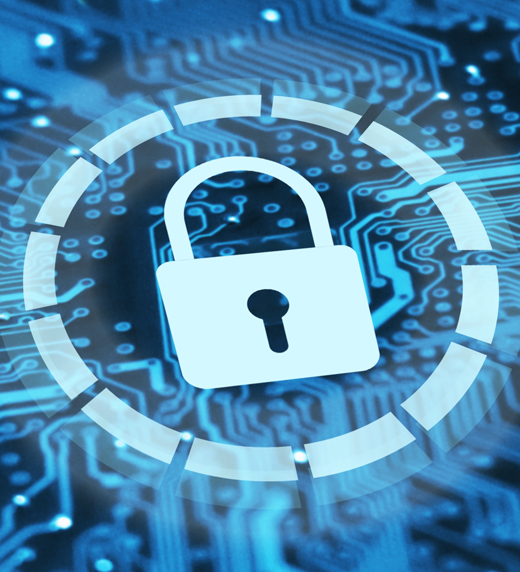
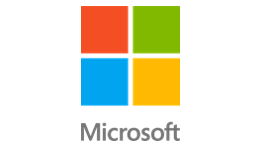
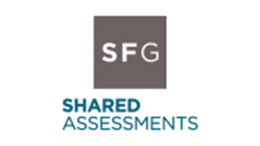
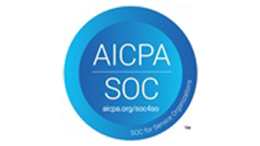
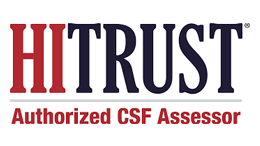
If you have any questions or just want to reach out to one of our experts, use the form and we'll get back to you promptly.